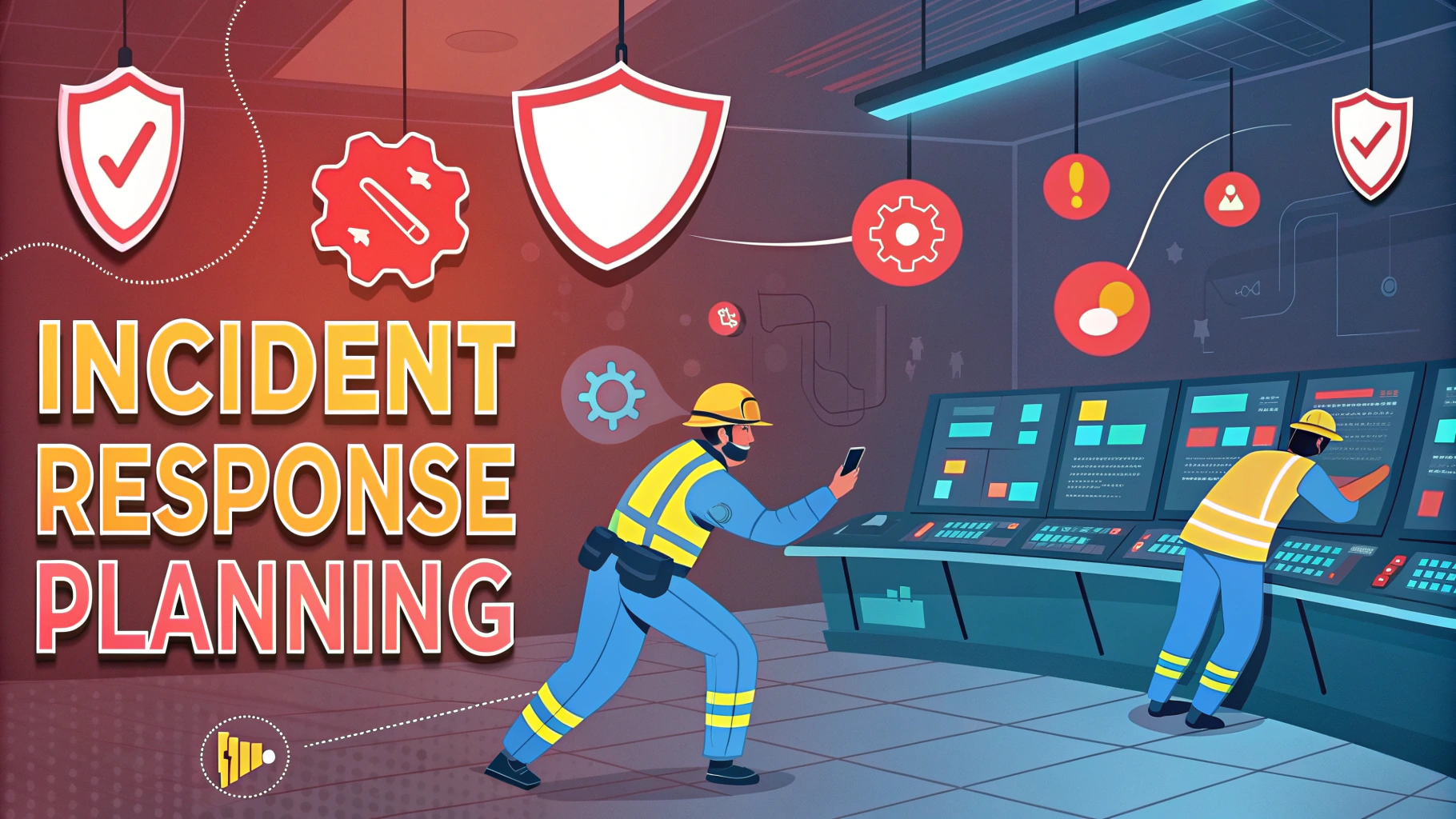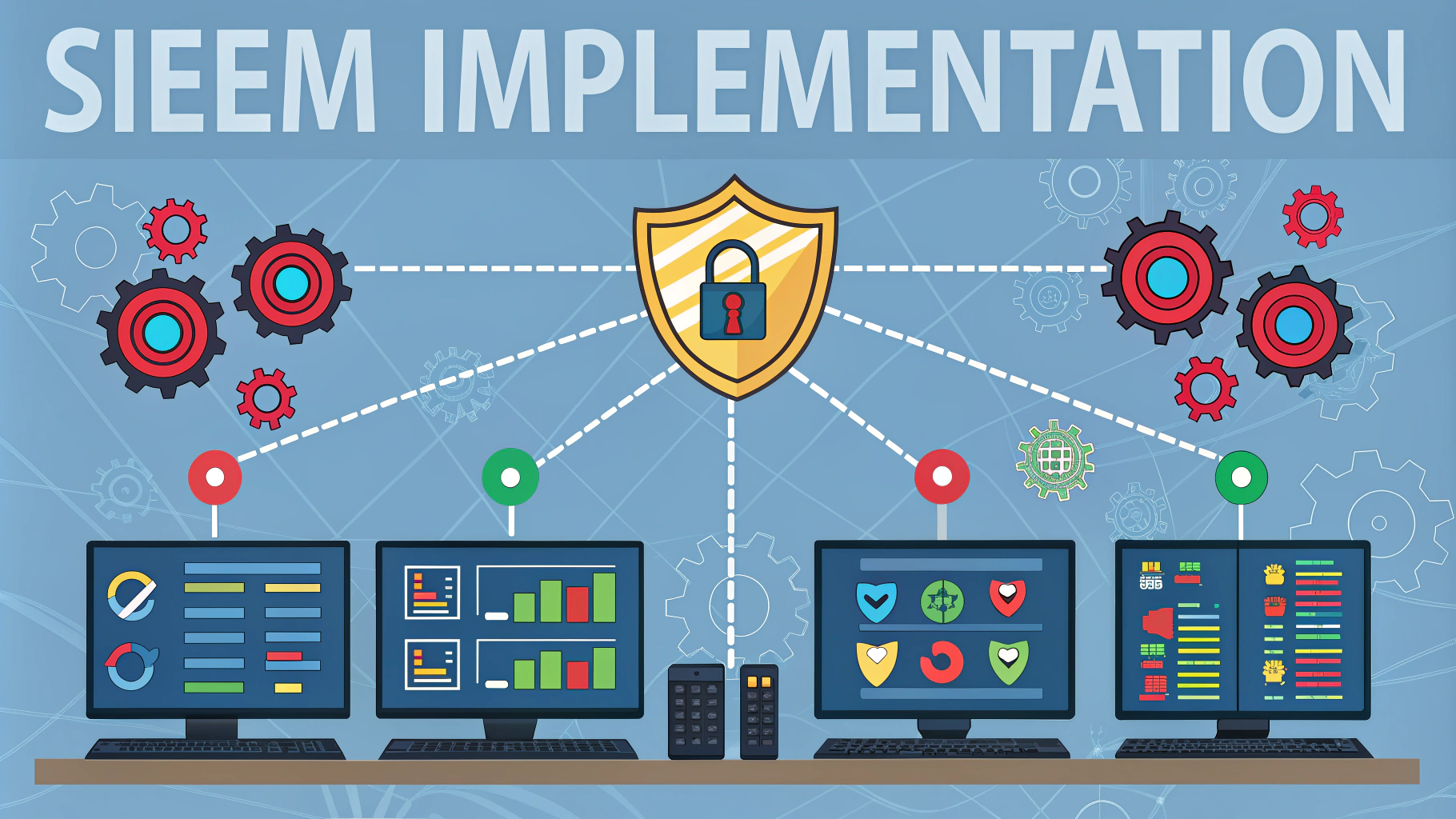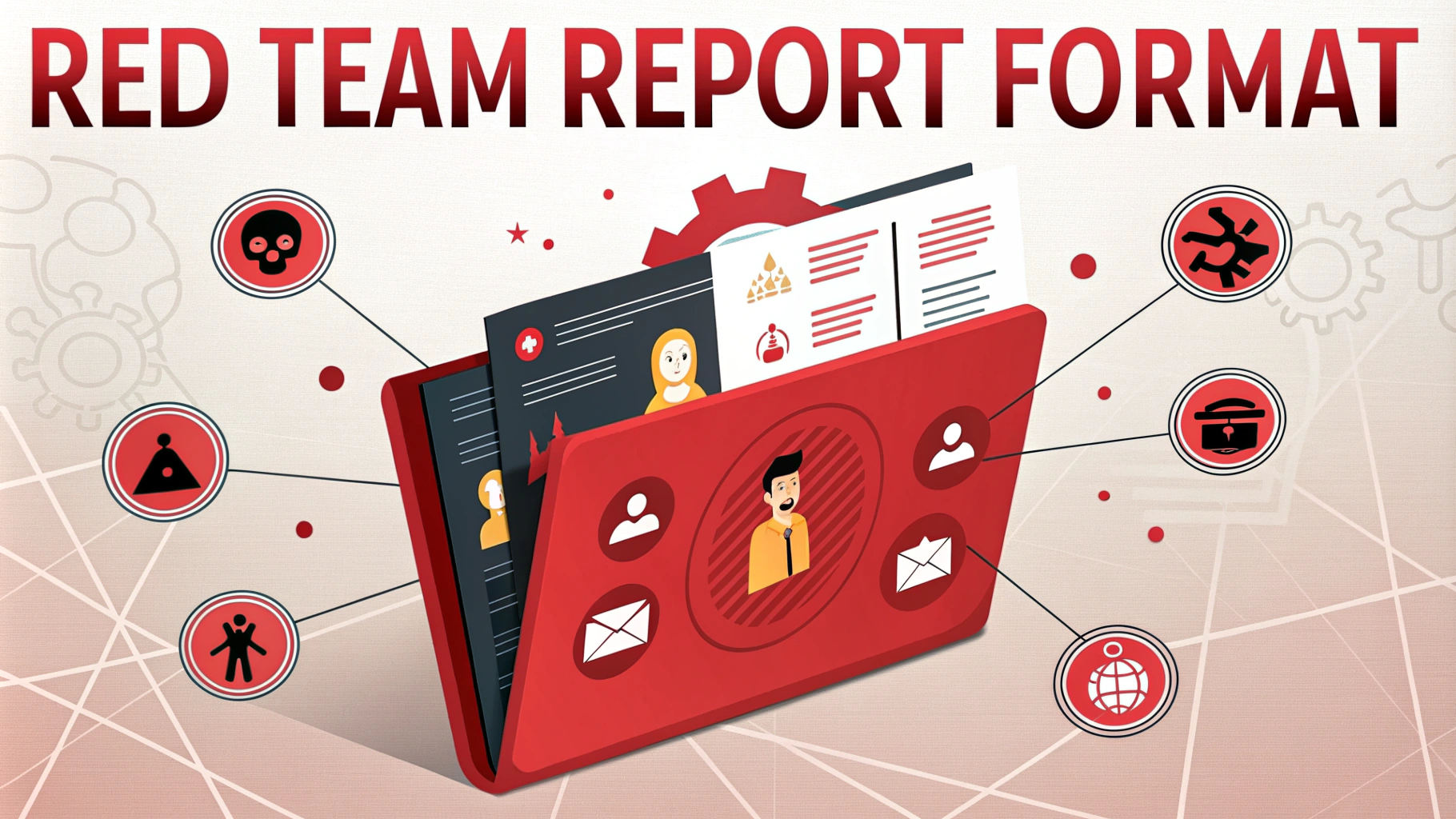API security testing examines web application programming interfaces (APIs) for vulnerabilities that could compromise data or system security.
APIs have become prime targets for attackers since they often provide direct access to sensitive data and core functionality.
Key Areas of API Security Testing
- Authentication mechanisms
- Authorization controls
- Input validation
- Rate limiting
- Data encryption
- Error handling
Essential Testing Tools
- Postman – API testing and documentation
- Burp Suite – Web vulnerability scanner
- OWASP ZAP – Open-source security testing
- SoapUI – API functional testing
Testing Process
- Information gathering
- API documentation review
- Endpoint mapping
- Authentication method analysis
- Authentication testing
- Token validation
- Session management
- Password policies
- Authorization testing
- Role-based access
- Resource permissions
- Horizontal/vertical privilege escalation
Common API Vulnerabilities
- Broken authentication
- Excessive data exposure
- Lack of rate limiting
- Injection flaws
- Improper asset management
Security Testing Checklist
| Test Category | Actions |
|---|---|
| Authentication | Check token handling, session timeouts, password requirements |
| Authorization | Test access controls, role permissions, resource restrictions |
| Data Validation | Test input boundaries, special characters, injection attempts |
Mitigation Strategies
- Implement strong authentication using OAuth 2.0 or JWT
- Use rate limiting to prevent abuse
- Validate all input data
- Encrypt sensitive information
- Monitor API usage patterns
For automated API security testing, consider tools like APIsec or Checkmarx.
Contact OWASP (https://owasp.org) for additional API security resources and guidelines.
Additional Resources
API Testing Best Practices
- Document all test cases and scenarios
- Maintain separate test environments
- Automate recurring security tests
- Perform regular penetration testing
- Keep security testing tools updated
Advanced Security Considerations
API Gateway Protection
- DDoS protection
- Traffic filtering
- Request throttling
- Schema validation
Compliance Requirements
- GDPR
- PCI DSS
- HIPAA
- SOC 2
Response Handling
- Proper status codes
- Error message sanitization
- Response time monitoring
- Data masking for sensitive information
Conclusion
API security testing remains crucial for protecting digital assets and maintaining user trust. Organizations must implement comprehensive testing strategies, leverage appropriate tools, and stay current with emerging threats and security standards.
Regular security assessments, combined with automated testing and proper documentation, form the foundation of a robust API security program. Continuous monitoring and updates ensure long-term protection against evolving security threats.
FAQs
- What is API security testing?
API security testing is a specialized form of penetration testing that focuses on identifying vulnerabilities, weaknesses, and potential security risks in Application Programming Interfaces (APIs). - What are the main types of API security tests?
The main types include authentication testing, authorization testing, input validation testing, encryption testing, rate limiting tests, and parameter tampering tests. - Which tools are commonly used for API security testing?
Popular tools include Postman, OWASP ZAP, Burp Suite, SoapUI, and JMeter for API security testing and penetration testing. - What are the common API security vulnerabilities?
Common vulnerabilities include broken authentication, excessive data exposure, lack of resources & rate limiting, broken object level authorization, and injection flaws. - How often should API security testing be performed?
API security testing should be performed regularly, especially after major changes to the API, during the development cycle, and at least quarterly for production APIs. - What is the OWASP API Security Top 10?
The OWASP API Security Top 10 is a standardized list of the most critical security risks to APIs, including broken object level authorization, broken authentication, and excessive data exposure. - How does API authentication testing work?
API authentication testing involves verifying the implementation of authentication mechanisms, testing token handling, checking session management, and attempting to bypass authentication controls. - What are the key steps in API penetration testing?
Key steps include reconnaissance, authentication testing, authorization testing, input validation testing, business logic testing, and documentation of findings and remediation recommendations. - Why is API fuzzing important in security testing?
API fuzzing helps identify vulnerabilities by sending unexpected, malformed, or random data to API endpoints to test how the API handles invalid inputs and edge cases. - What role does SSL/TLS testing play in API security?
SSL/TLS testing ensures secure data transmission by verifying proper implementation of encryption protocols, certificate validation, and checking for known SSL/TLS vulnerabilities.








